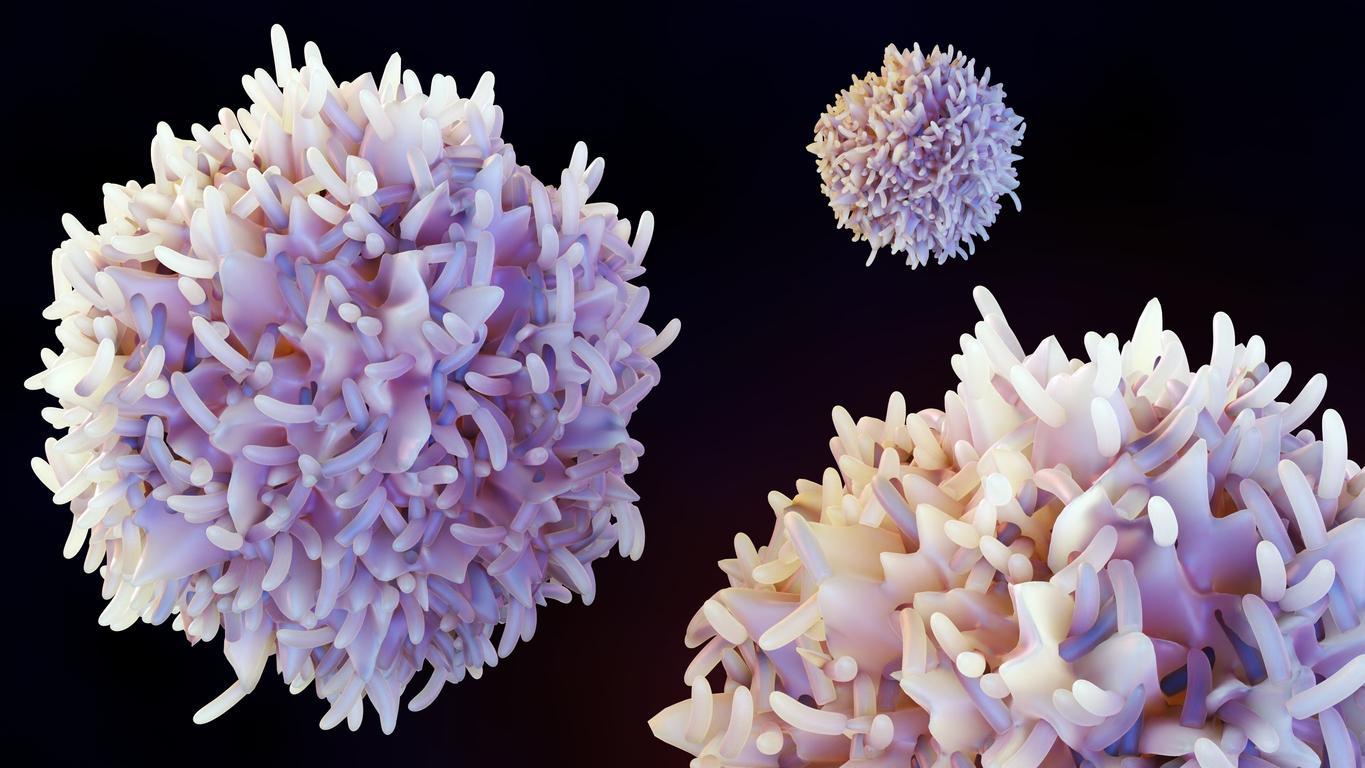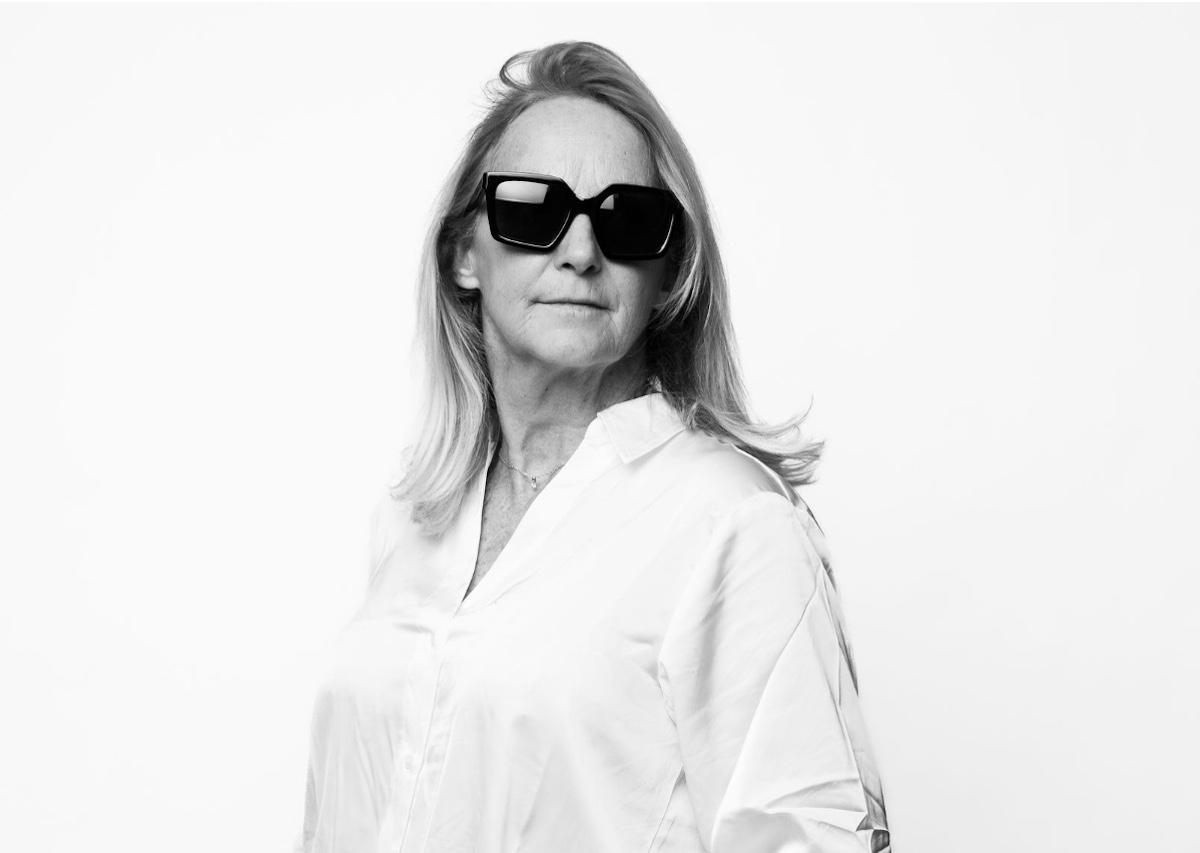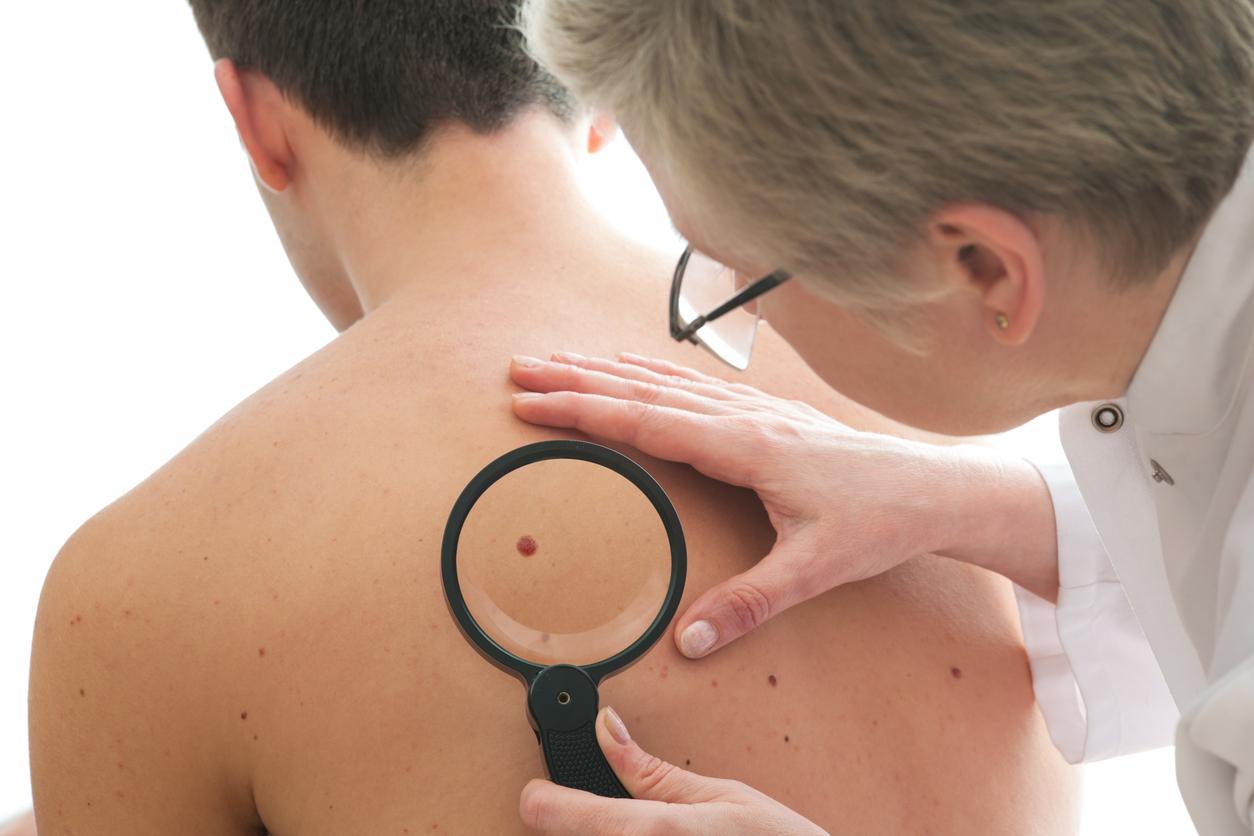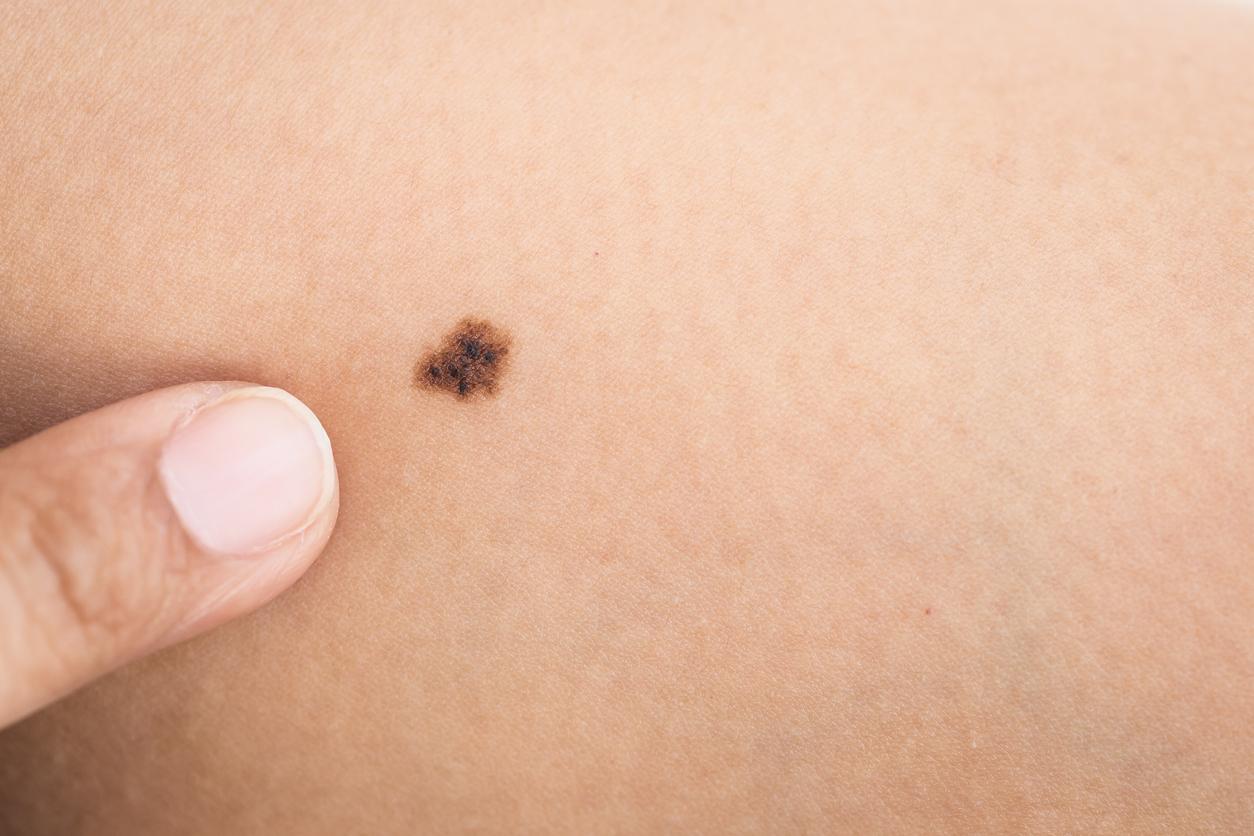Increasing attendance, increasingly proven health hazards, the Academy of Medicine wants to ban advertising for tanning beds.

Tanning booths, for a ban on advertising! This is the message delivered at the beginning of the week by the Academy of Medicine in a press release with the evocative name of “Tanning booths: athletes held hostage? “. The Academy was banging its fist on the table against a sign (Point Soleil), which had used the image of known sportsmen to promote it. In this advertisement, the champions of the Marseilles Swimmers’ circle, some of whom were particularly distinguished during the London 2012 Olympic Games, are presented as the “new ambassadors” of a brand “in the image of our team: young, dynamic and ambitious in its specialty ”.
This outcry on the part of the Academy of Medicine is an extension of studies and multiple alerts from health agencies on the dangers of artificial UV rays.
In 2009, the International Agency for Research on Cancer (Circ) classified them as “certain carcinogenic to humans” (group 1), after having notably assessed that the risk of developing cutaneous melanoma is increased by 75% for patients. individuals who have used tanning beds at least once before the age of 35.
Four major studies carried out in 2010 (Veierød, Lazovich, Cust, Zhang) and a melanoma epidemic in Iceland (Héry, 2010]) supported this assessment. In addition, a recent meta-analysis (Boniol, 2012) further alarmed the danger of these cabins by reassessing the increased risk of developing melanoma at 87% for individuals who have used artificial tanning at least. once before the age of 35.
Finally, a joint study by the National Institute for Public Health Surveillance (InVS) and Ipri (International Prevention Research Institute) using data from Inpes estimated, for France, “that 4.6% of cases of cutaneous melanoma, or 347 annual cases, are attributable to the use of tanning booths.
Women are the most likely to bear this risk and represent approximately 76% of cases. Different alternative scenarios lead to the assessment that, each year, between 91 and 350 cases of melanoma are due to the use of tanning booths ”. The annual number of deaths from cutaneous melanoma linked to exposure to artificial UV rays from tanning booths would be between twenty and 75.
And these risks should increase even more because the practice of tanning is very strongly increasing in France, whether by artificial or natural UV. In an opinion, the National Agency for Food, Environmental and Occupational Health Safety (ANSES) underlined that the number of tanning centers had doubled between 2002 and 2009. And according to one investigation carried out by theInpes, in 2010, 13.4% of French people had already used artificial UV at least once in their lifetime. Finally, misconceptions continue to circulate about the dangers of artificial UV rays. For example, a quarter of those surveyed still believe that exposure to artificial UV rays prepares the skin for the sun and helps prevent sunburn …
Listen Dr Claudine Blanchet-Bardon : “Tanning booths only deliver UVA, which does not prepare the skin for the sun. »(Interview broadcast on May 30, 2013)
.

















